

— Blogs —
—Products—
 Consumer hotline +8618073152920
Consumer hotline +8618073152920 WhatsApp:+8615367865107
Address:Room 102, District D, Houhu Industrial Park, Yuelu District, Changsha City, Hunan Province, China
Product knowledge
Time:2025-10-22 17:05:26 Popularity:314
With the development of modern agriculture and smart environmental management, traditional meteorological observation methods can no longer meet the demands for real-time, high-precision data. Automated Weather Stations (AWS) have emerged to automatically collect meteorological data around the clock, providing precise analysis and predictions to serve as a solid data foundation for agricultural production, environmental monitoring, and scientific decision-making.
As a supplier of agricultural IoT and environmental monitoring solutions, NiuBoL has accumulated rich experience in multiple global agricultural and research projects through its self-developed sensors and data platforms. This article provides a comprehensive analysis from principles, functions, applications, FAQs, cases, and future trends.
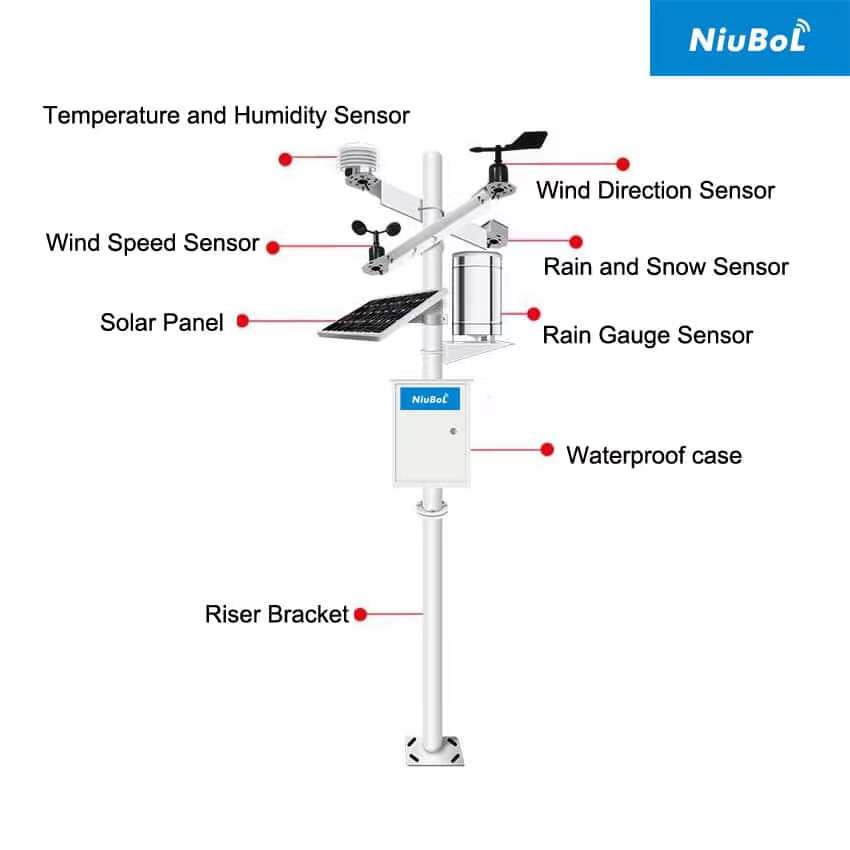
An automated weather station consists of various sensors, data acquisition modules, communication systems, and data analysis platforms. Its core working logic is as follows:
Through air temperature and humidity sensors, wind speed and direction sensors, barometric pressure sensors, rain gauges, solar radiation sensors, and soil temperature/humidity/conductivity sensors, it continuously monitors meteorological and environmental parameters.
Data collection frequency can be set according to user needs, typically ranging from once per minute to once per hour.
Built-in storage modules allow local data caching, while uploading to the cloud via 4G/5G or Wi-Fi.
The cloud platform performs data cleaning, calibration, and analysis, generating charts, reports, and predictive models.
Users can view meteorological information in real-time via PC or mobile app, supporting remote sensor calibration or adjustment of collection frequency.
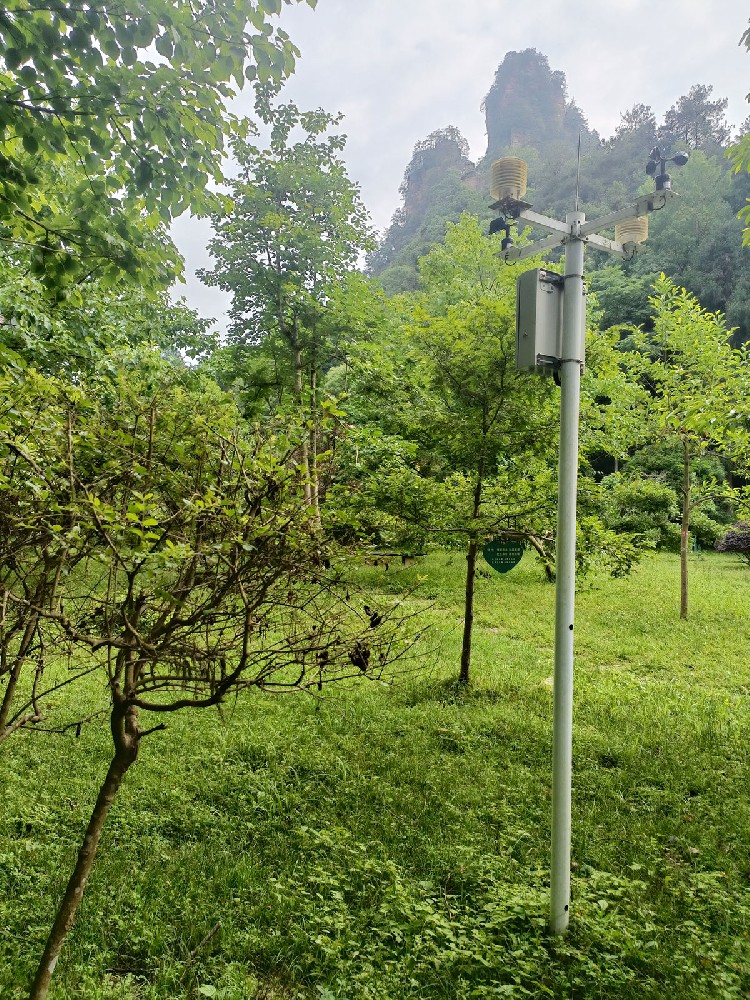
Collects temperature and humidity, rainfall, wind speed and direction, barometric pressure, soil moisture, light, and radiation data around the clock.
High accuracy with errors generally less than ±3%, ensuring reliability for research and production.
The cloud platform displays historical and current data curves in real-time, supporting multi-site management.
Data can be exported in CSV/JSON formats for easy integration with research and third-party systems.
In agricultural applications, it enables precision irrigation, pest and disease risk prediction, and fertilization optimization.
Extreme weather warnings can reduce losses from natural disasters.
No need for manual on-site recording; automatic collection and analysis replace traditional manual monitoring, significantly reducing operational costs.
NiuBoL AWS supports multi-sensor expansion and can be customized for crop types or research needs.
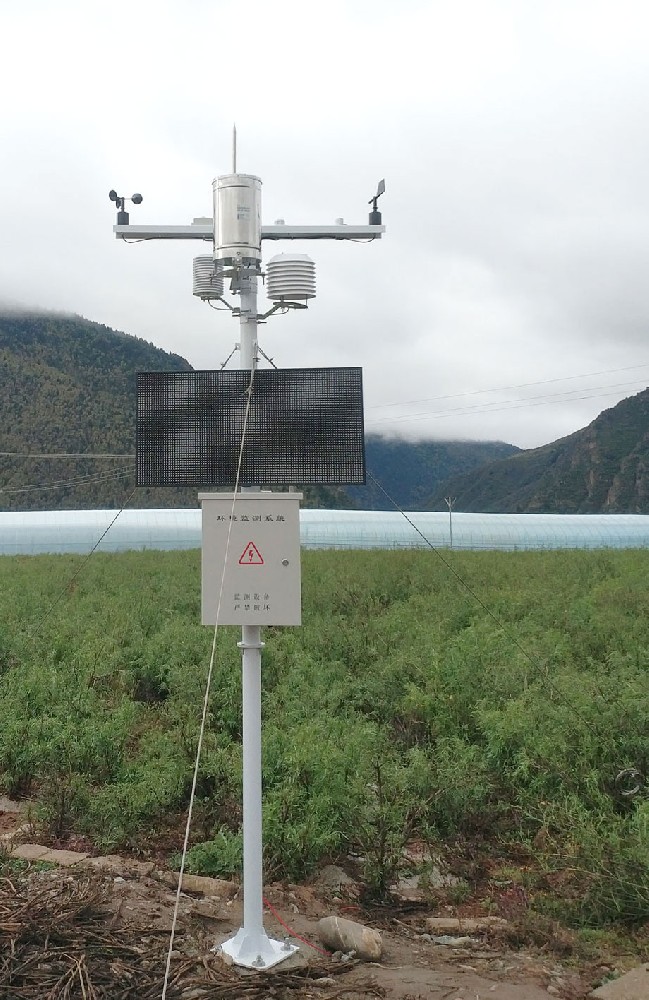
- Precision Irrigation: Combines soil moisture sensors with rainfall sensors to automatically adjust irrigation volumes.
- Crop Growth Monitoring: Optimizes crop growth cycles through temperature, humidity, and light data.
- Pest and Disease Early Warning: Predicts pest and disease spread trends using wind direction, speed, and humidity data.
Universities and research institutions can conduct climate studies, crop trials, and model validation.
AWS data assists in forest fire risk assessment, flood monitoring, and air quality analysis.
Road weather monitoring supports urban management and traffic safety warnings.
Yes, NiuBoL AWS supports solar power + battery backup, with a low-power design for independent long-term operation.
Sensors are calibrated, and cloud algorithms automatically correct deviations to ensure ±2% accuracy.
Yes, it can integrate with remote sensing and UAV data for crop growth monitoring, pest and disease analysis, and regional climate prediction.
AWS devices feature windproof, rainproof, and dustproof designs, stable in high temperatures, sandstorms, heavy rain, and other harsh conditions.
Regular sensor cleaning and battery checks are sufficient; the modular design simplifies the maintenance process.
Yes, historical and real-time data can be used for insurance claims, risk assessment, and disaster prediction.
Absolutely, it provides data interfaces and teaching visualization platforms.
Expandable with soil EC, conductivity, and pH sensors for nutrient monitoring.
Cloud data is encrypted and stored with multi-layer permission management for security.
Customizable sensor combinations and collection strategies adapt to various crops and farm scales.
Yes, NiuBoL AWS supports real-time cloud synchronization, allowing anytime access via phone or computer, report generation, and API exports.
Select based on crop type, climate conditions, monitoring goals, and budget. For example: Orchards prioritize temperature/humidity, light, and soil moisture sensors; grain crops add rainfall and wind speed/direction sensors.
Yes, combined with threshold alarms or AI edge analysis, it can guide irrigation, fertilization, or disaster prevention, reducing manual operations.
Yes, it supports integrating multiple AWS data to form regional microclimate networks for farm management optimization and disaster warning analysis.
NiuBoL AWS uses weather-resistant materials and high-reliability sensors, with a lifespan of 3-5 years under normal maintenance for stable long-term operation.
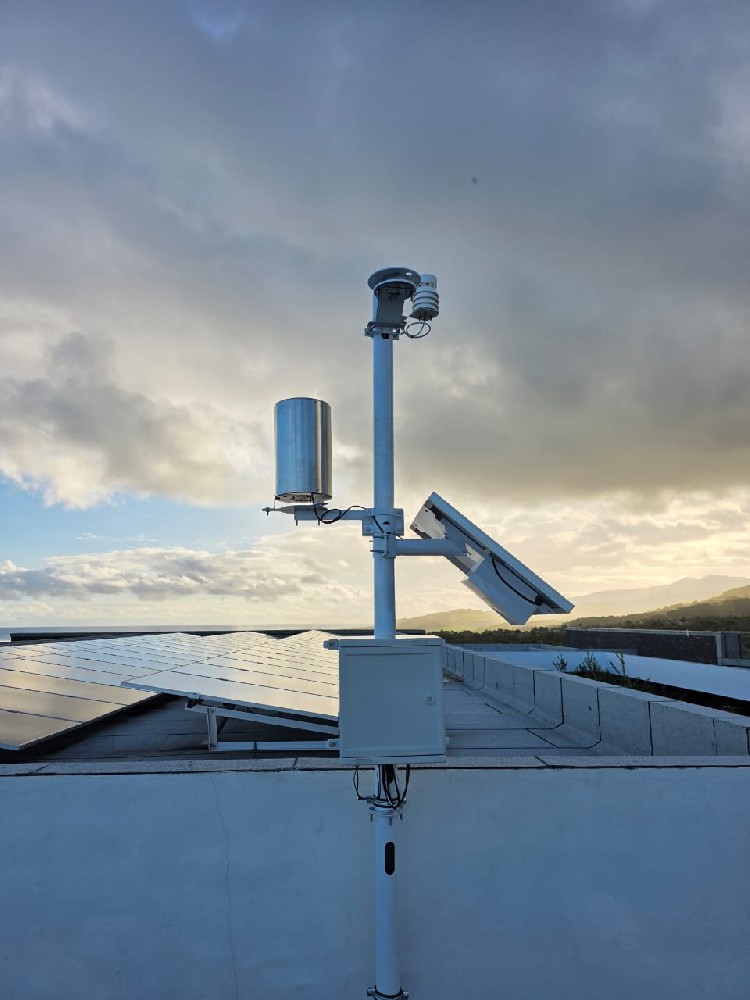
- AI + Edge Computing: Enables local intelligent analysis, reducing network dependency and improving response speed.
- Sensor Fusion and Precision Agriculture: Multi-source data fusion provides finer crop growth predictions.
- Regional Weather Networking: Multiple AWS networks collaborate to form regional meteorological monitoring platforms.
- Service-Based Business Models: Integrated hardware + data + analysis subscription models lower initial user investments.
- Integration with Digital Twin Agriculture: AWS data builds virtual farm models for intelligent decision-making and predictions.
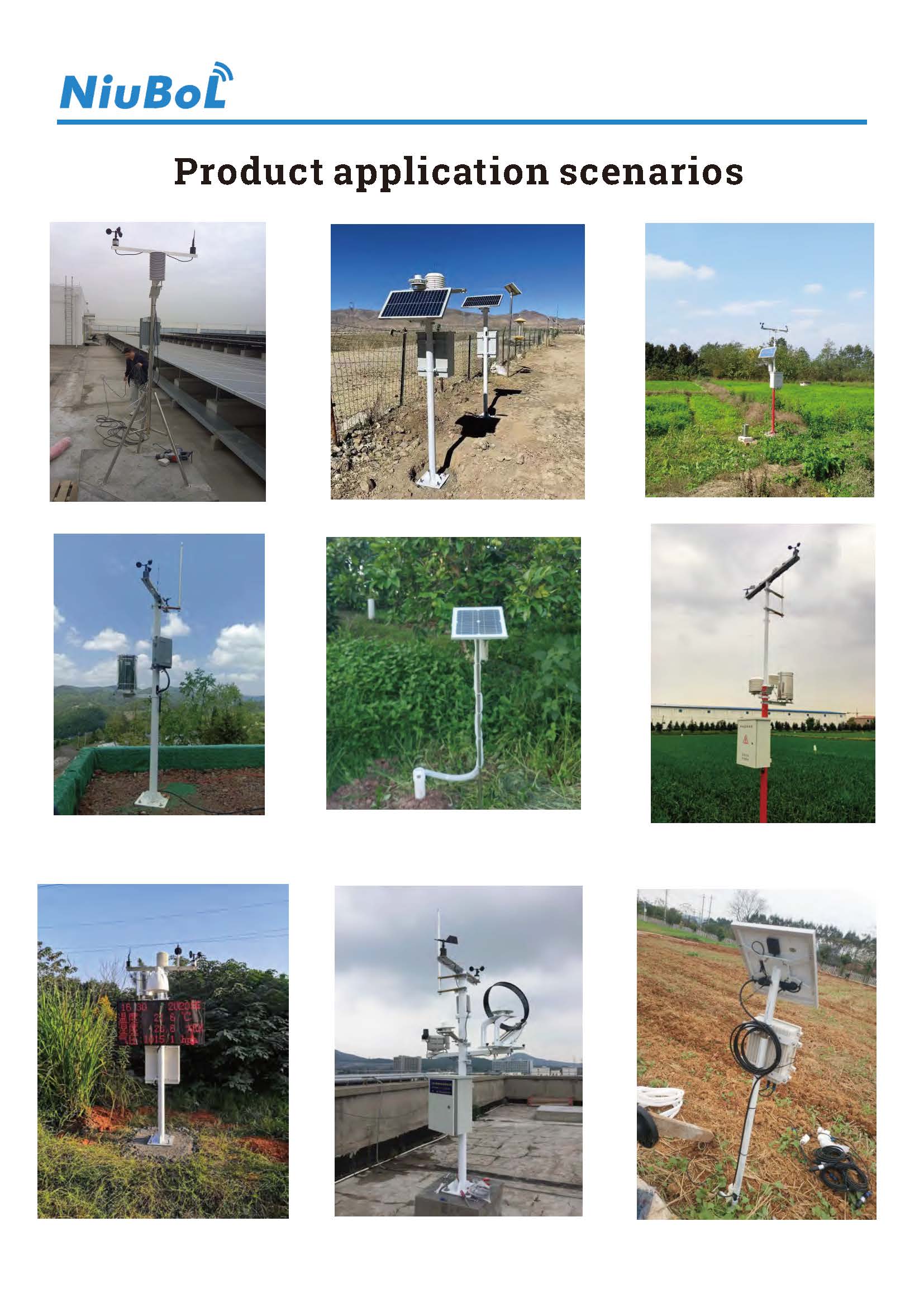
Automated weather stations have become key infrastructure for modern agriculture and environmental monitoring. Through real-time, high-precision data collection and analysis, AWS effectively boosts agricultural yields, saves resources, and reduces risks. With NiuBoL's products and services, users gain not only hardware but also data-driven intelligent decision support.
The competitiveness of future agriculture will depend on who can most effectively utilize data. Automated weather stations provide the core tools for farmers, research institutions, and governments to achieve this, and NiuBoL stands at the forefront, supporting global agricultural intelligence development.
Related recommendations
Sensors & Weather Stations Catalog
Agriculture Sensors and Weather Stations Catalog-NiuBoL.pdf
Weather Stations Catalog-NiuBoL.pdf
Related products
 Combined air temperature and relative humidity sensor
Combined air temperature and relative humidity sensor Soil Moisture Temperature sensor for irrigation
Soil Moisture Temperature sensor for irrigation Soil pH sensor RS485 soil Testing instrument soil ph meter for agriculture
Soil pH sensor RS485 soil Testing instrument soil ph meter for agriculture Wind Speed sensor Output Modbus/RS485/Analog/0-5V/4-20mA
Wind Speed sensor Output Modbus/RS485/Analog/0-5V/4-20mA Tipping bucket rain gauge for weather monitoring auto rainfall sensor RS485/Outdoor/stainless steel
Tipping bucket rain gauge for weather monitoring auto rainfall sensor RS485/Outdoor/stainless steel Pyranometer Solar Radiation Sensor 4-20mA/RS485
Pyranometer Solar Radiation Sensor 4-20mA/RS485
Screenshot, WhatsApp to identify the QR code
WhatsApp number:+8615367865107
(Click on WhatsApp to copy and add friends)
